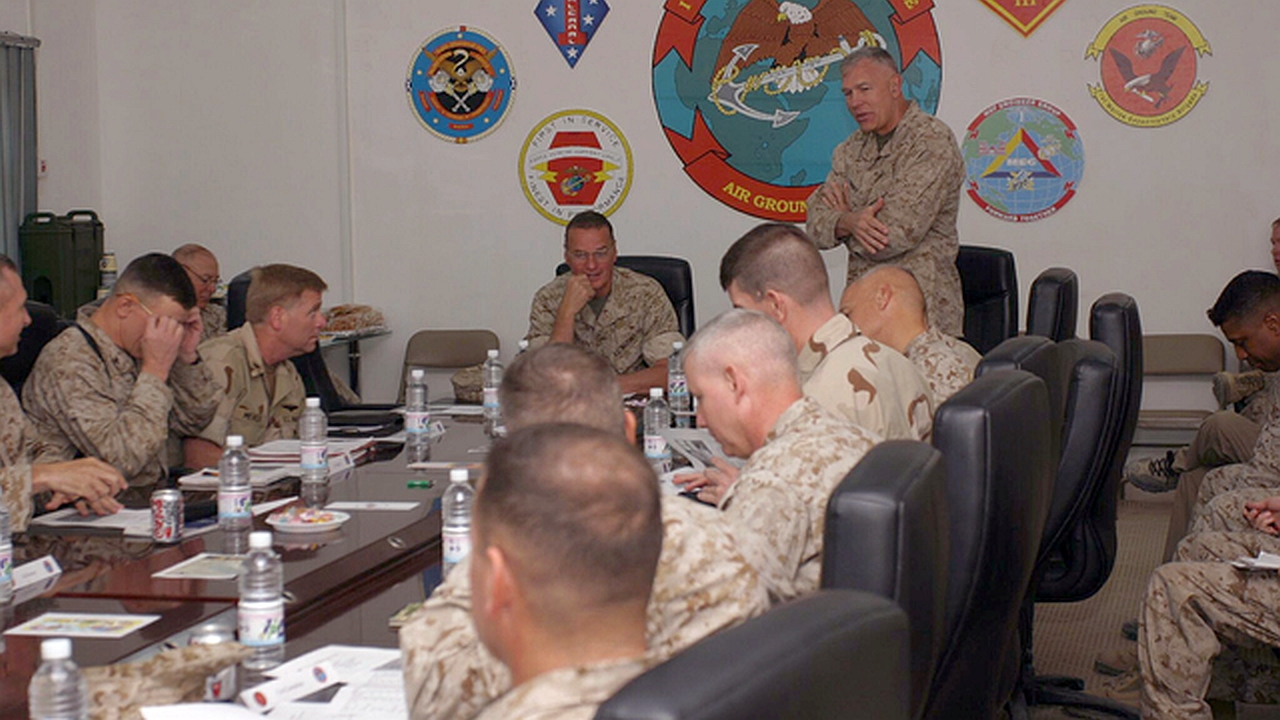
Organization Management Rhythm (part 3): Organization Management Rhythm
This article is part 3 of a series of articles on Organization Management Rhythm.
Organization Management Rhythm is the deliberate cycle of staff and operational activities intended to synchronize current and future operations. The military calls this an Operational Management Rhythm1.
A good rhythm enables knowledge sharing, knowledge management, and decision making. It does this through situation awareness of what other staff elements are doing, allowing a future plan to be developed. This requires meetings to be established for a specific purpose, it gives staff and management time to coordinate and work on tasks they have been assigned. It ensures that only the correct people are at a meeting. It is a dynamic way to ensure that everyone knows what is expected of them at all times. It defines, measures, analyzes, improves, and controls when, how, and why meetings take up valuable time.
As Managing Director and Clinical Assistant Professor of Executive Education Robert Hughes advises2:
The risk of not establishing an [Organization Management Rhythm] is that ad-hoc meetings become the norm, leaders and staff members are pulled in numerous directions and nobody can focus on critical priorities or making informed modifications and decisions. Leaders can find themselves in marathon meetings that try to address everything at once and leave them little time to think and work with their teams. As is the case with the military, your planning should be all about contingencies and what-ifs: if this happens, we go left, and if that happens we go right. That way, you’ve thought about options and know what you’re going to do.
This is directed through the lines of effort the organization currently has. These are the lines that link the many tasks, missions, and requirements together. This allows for a consolidation of effort to identify the particular effort they are working on. This starts to identify key stakeholders in each meeting. It allows for how communication will occur along with frequency.
Next part (part 3.1): Organization Management Rhythm – Framework.
Acknowledgements: Thank you to Tomi Antill, Keith Davis, Elise Keith from Lucid Meetings, JFHQ-C Leadership, and Kendra Albright from Kent State University, without whose support this series would not have been possible.
Header image source: U.S. National Archives, Public Domain.
References:
- Joint Chiefs of Staff (2018). Joint Publication 3-33, Joint Task Force Headquarters. ↩
- Hughes, R. (2016, March 14). Battle Rhythm: a Blueprint for Leadership in Times of Crisis. Northwestern Kellogg. https://www.kellogg.northwestern.edu/executive-education/the-kellogg-experience/thought-leadership/battle-rhythm-crisis-leadership.aspx ↩




